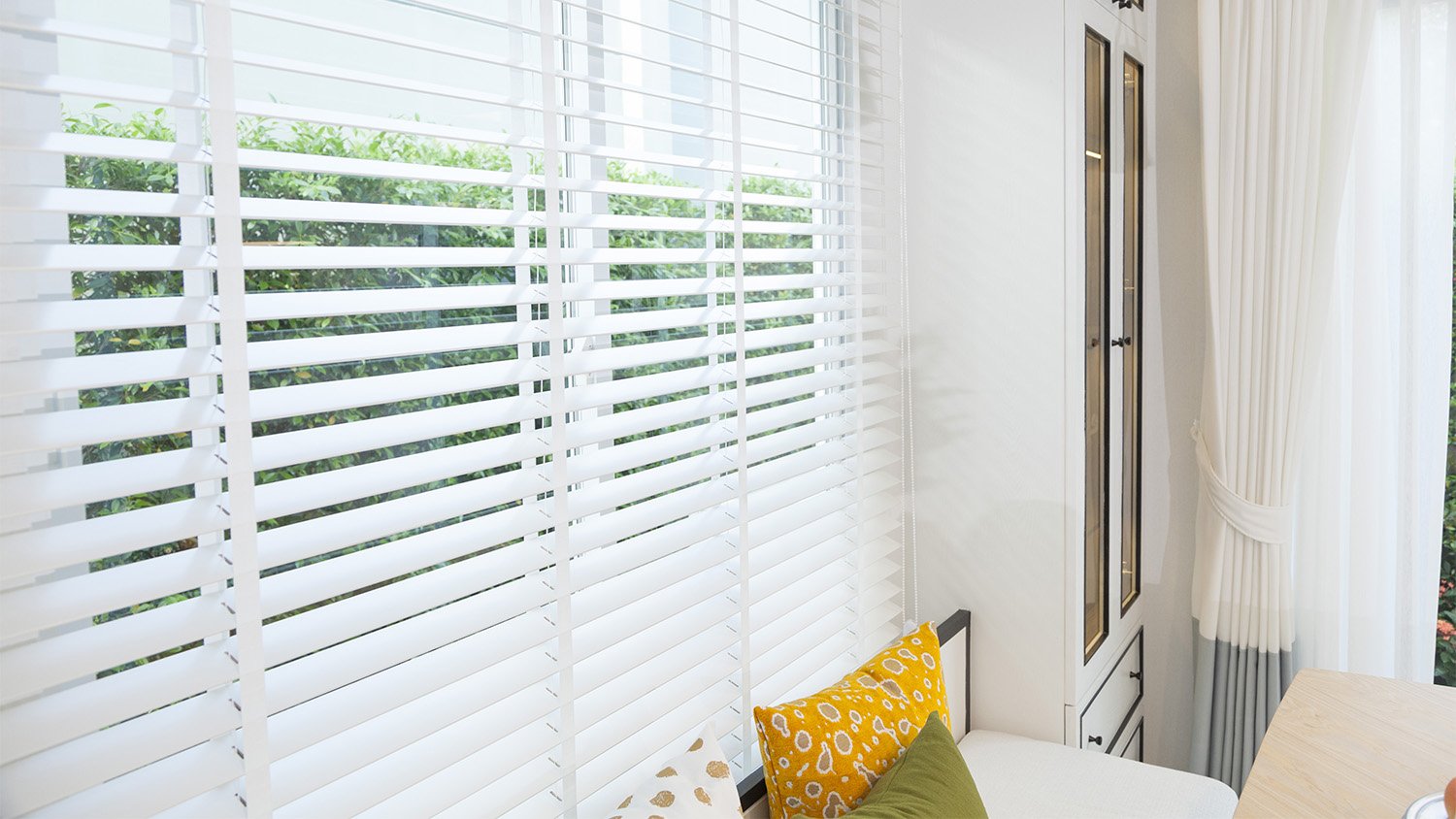9 Energy-Efficient Ways to Cool a Home
Keep your home cool without breaking the bank
You don’t have to crank your air conditioner up and spend hundreds of dollars each month to keep your home cool all summer long. There are lots of other options that are energy efficient and will save you some money.
With a mix of maintenance, new technology, and some tried and true methods that work to keep our homes cool, you can stay comfortable, and your energy bill will thank you.
1. Get Regular HVAC Maintenance
One of the best things you can do for your energy bill is to get your cooling system cleaned and serviced. With proper maintenance, you can add years to your existing system, saving you money in the process. Inspections can catch small problems with your system that could turn into larger ones down the road if you don’t take care of them ASAP.
These checks can help when your system isn’t working properly, you have a leaky air duct, or if your system needs a good HVAC maintenance routine. Dirt and grime will make your system run harder and longer, so servicing it regularly will keep it running more efficiently.
2. Change Your Air Conditioner Filter
Many air conditioning units have filters that you should clean or replace. You can do this by removing the filter each year and running it under water until all the dust and dirt is gone. Let your filter dry before putting it back in the unit.
Cleaning your existing AC filter, or replacing it with a new one, can reduce your energy consumption up to 15%, according to Energy.gov.
3. Add Ceiling Fans to Help Cool Rooms

Ceiling fans can be a great addition to cool your home at a fraction of the price of an AC unit. According to the U.S. Energy Administration, a ceiling fan will only cost you about a penny an hour to run, versus an air conditioner that costs about 36 cents an hour.
Ceiling fans are fairly easy to install on your own if you have some experience, but you will need an extra set of hands. You can also opt to hire a local pro to install your ceiling fan and make this project even easier. When combined with open windows, ceiling fans keep the air moving in your home, which will help keep everyone cool.
In order to maximize your ceiling fan’s energy efficiency, make sure you only have it on when you are in the room, use an Energy Star ceiling fan, ensure it is clean of dust and dirt, and mount your ceiling fan at least 8 feet off the ground.
4. Use a Personal Fan
Set up a smaller fan on your desk while working or next to you on the sofa while relaxing. It can keep you cool without cranking up the AC. There are many models to choose from, so look for an energy-efficient, quiet model to keep your home peaceful.
5. Check Your Windows and Doors

Cracks in your windows and doors can let the cool air out in the summer just as fast as the cold air in during the winter. Check all your windows and doors to ensure there are no places for the cool air to get out.
Repair any cracks and fill any places where cold air can escape with weatherstripping from a hardware store. Adding weatherstripping is an easy project that won’t take you long and will go a long way in keeping it cooler inside.
6. Upgrade Your Thermostat
If you are out of your home for most of the day or are away on vacation a lot, you should consider adding a programmable thermostat. This type of thermostat can save you up to 10% on your energy bill if you set it to 7 to 10 degrees above your average temperature setting when you aren’t there, according to Energy.gov. They are completely programmable, and some even get to know your daily habits and adjust your home temperature when you are away or sleeping.
You can control these thermostats from an app on your phone and adjust them when you aren’t at home. Many also have a lock system to keep others from fiddling with the temperature.
7. Install Window Shades or Curtains

Installing shades or curtains can help you block out some of the sun’s hot rays and keep your home cooler during the summer. Window treatments can transform a room, and you can install curtains, shades, or blinds yourself for an average cost of about $640.
Window tint is another great option if you are looking to keep some natural light in your home. You can get kits and install this effective UV- blocker yourself or hire a professional to do it. Adding something between your windows and your home will keep the heat out and save you money.
8. Keep Your Air Conditioner Clear
Make sure there is nothing in front of your window unit, such as a dresser or curtains. These items will block some of the cool air, and your unit will have to run harder.
If you have an AC unit outside, make sure to keep the elements from getting in its way. Keep the grass cut around it and make sure it’s clear of vines, branches and leaves. This step is a quick, easy maintenance tip you can do yourself a few times each summer.
9. Cut Down on Using Your Oven

Don’t wait until the sun is beaming in your kitchen to turn on the oven and bake a chicken. Try doing meal prep on a cooler day and freezing items, so they just need a quick heat up.
Better yet, grill outside and keep your oven off on really hot days. It doesn’t take long for your oven to increase the temperature in your home. Consider making cold soups and salads on sweltering days for a delicious meal with no cooking required.





- Furnace Repair
- Air Conditioning Repair
- HVAC Repairs
- Furnace Installation
- Wood & Pellet Stove Repair
- Dehumidifier & Humidifier Repair
- Heat Pump Companies
- Swamp Cooler Repair
- Wood Stove Services
- HVAC Companies
- Commercial A/C Repair
- Geothermal Installation
- Air Conditioning Installation
- Boiler Repair
- 24 Hour Furnace Repair
- Geothermal Repair
- Heat Pump Repair
- Humidifier Installation
- Thermostat Repair
- Thermostat Installation
- Nest Installation
- Heating & Cooling
- Heating Repair
- Furnace Cleaning
- Furnace Tune-Up
- HVAC Technicians
- Subcontractors
- Furnace Maintenance
- Plumbing & Heating Companies
- Wood Stove Inspection
- Mini Split Installation
- Wall Heater Repair
- Duct Installers
- 9 Summer HVAC Tips to Stay Cool and Save Money
- What Is the Best Temperature to Set Your Air Conditioner to in the Summer?
- How Do I Keep My Home's Second Floor Cool?
- 13 Cool Tips to Reduce Air Conditioning Costs This Summer
- 11 Ways to Cool a Room Down Fast
- 10 Chill Ways to Improve Air Conditioner Efficiency in Your Home
- 10 HVAC Secrets That Can Help You Boost Efficiency and Save Money
- 11 Home Heating Mistakes You Didn't Know Were Costing You
- 10 Genius Fan Hacks to Keep Cool Even Without AC
- Does Closing Doors Help Air Conditioning?















